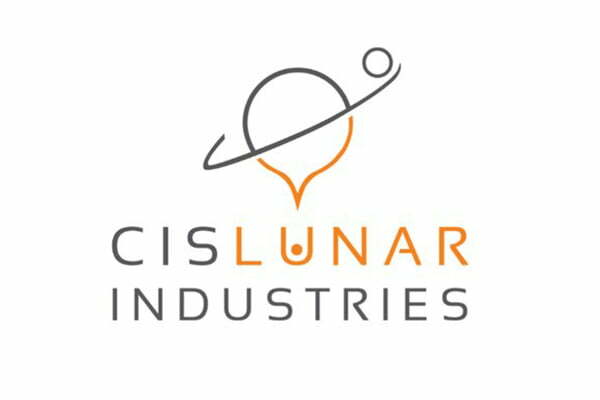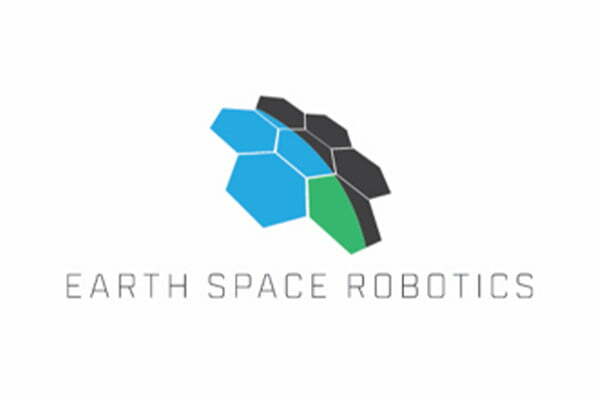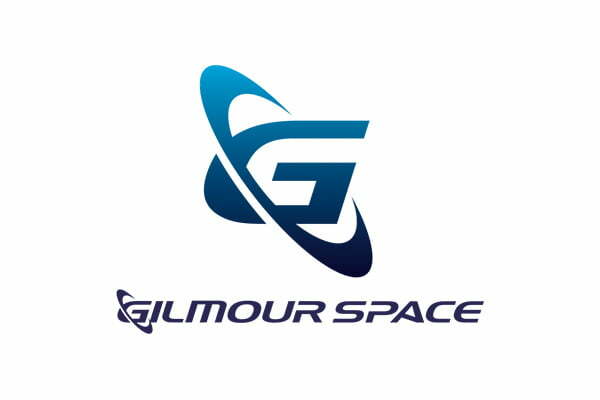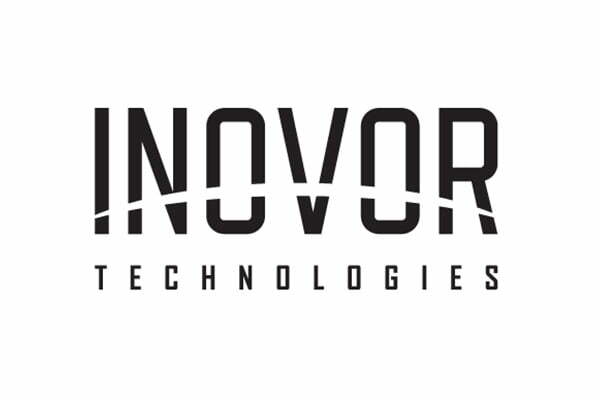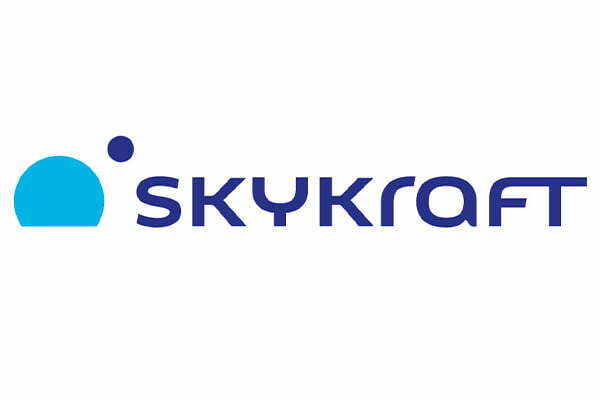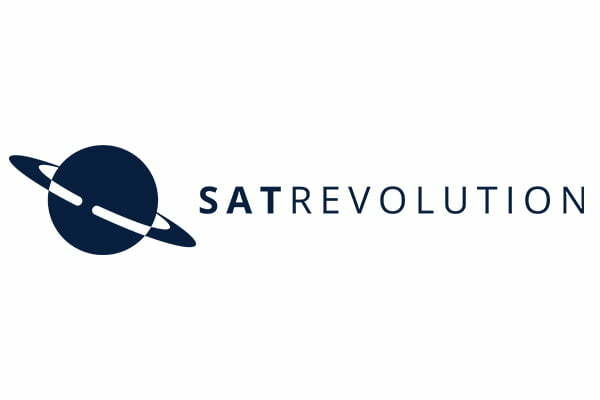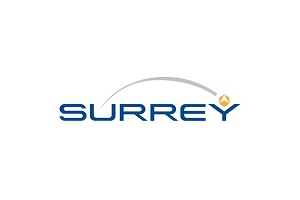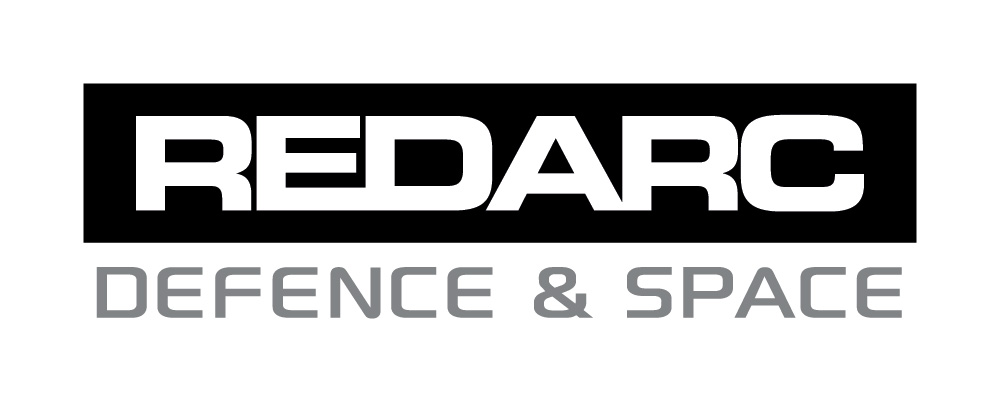Metal Propellants
Our unique point
of difference
Metal Propellants
Why are we using metals?
Our system can use any solid, conductive material as a propellant since the arc cathode is the propellant. This differentiates it from pulsed plasma thrusters which strike an arc across the surface of a polymer propellant rod, rather than striking the arc from the surface of a conductive cathode.
The physical properties of metals lend themselves well to spacecraft propellant storage, as most metals are inherently safe in the vacuum and radiation environment of space. This removes the need for propellant stowage systems such as tanks, the mass of which can be devoted to more payload. Similarly, the greater density of other propellant metals reduces volume, freeing up space for other systems.
Which metals?
Our system is not limited to pure metals; alloys and electrically conductive forms of carbon, silicon and similar elements can also be used. We have found that refractory metals such as molybdenum make excellent propellants, and recycled aluminium alloys can also be used. Exceptions include mercury and gallium, tin, bismuth and lithium (due to their low melting points), cadmium and technetium.
Customisable
Choose the right fuel for your mission
- Neumann Thrusters (not including alloys)
- Hall Effect and Ion Thrusters
